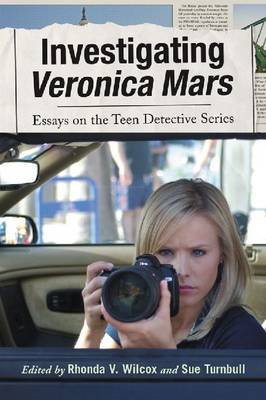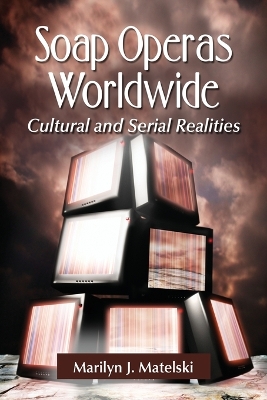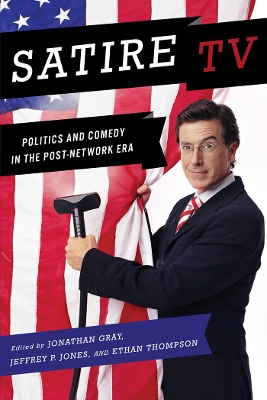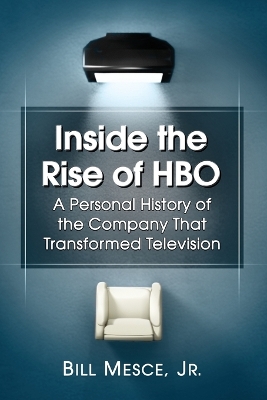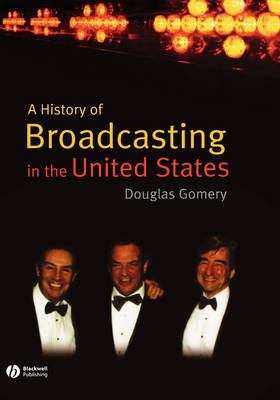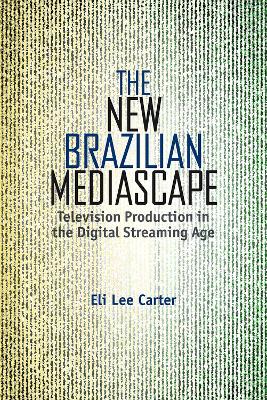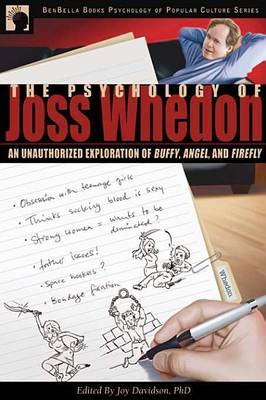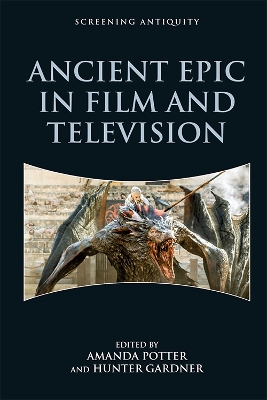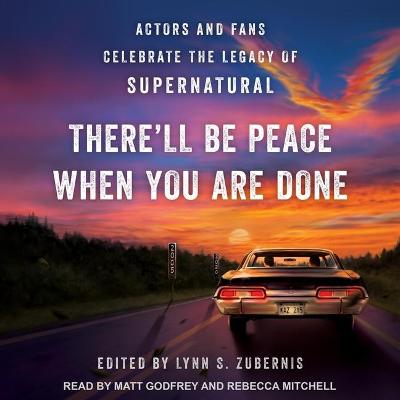In 1949 the first made-for-television cartoon series debuted on a major network. Tele-Comics embraced the popular cliffhanger serial genre, using nonmoving comic strip panels and a handful of radio actors to produce a show at a fraction of the cost accrued by a live show. Despite the success of Tele-Comics and a few other such shows, television cartoons languished until 1954 when Walt Disney produced Disneyland. From such pioneers as Tele-Comics and Crusader Rabbit to modern fare such as X-Men a...
H.R. Pufnstuf, Lidsville, Sigmund and the Sea Monsters, Land of the Lost: For a generation of children growing up in the late sixties and early seventies, these were some of the most memorable shows on Saturday morning television. At a time when television cartoons had lost some of their luster, two puppeteers named Sid and Marty Krofft put together a series of shows that captivated children. Using colorful sets and mysterious lands full of characters that had boundless energy, the Kroffts creat...
Launched in 1977 by the Christian Broadcasting Service (originally associated with Pat Robertson), the ABC Family/Freeform network has gone through a number of changes in name and ownership. Over the past decade, the network--now owned by Disney--has redefined "family programming" for its targeted 14- to 34-year-old demographic, addressing topics like lesbian and gay parenting, postfeminism and changing perceptions of women, the issue of race in the U.S., and the status of disability in Ameri...
During its 33-season run, Mister Rogers' Neighborhood (1968-2001) left an indelible mark on millions of children and their caregivers. Perhaps no series in the history of children's television has done more to develop the identity and ethics of the child. More than a decade after Fred Rogers' death, he continues to attract an audience online. Yet despite the show's lasting impact it has been largely ignored by scholars. This collection of new essays focuses on Rogers' contributions to chi...
The groundbreaking show that ignited the reality craze celebrates its tenth anniversary by going back to its New York roots. Get the all access insider's view in this latest edition of the New York Times bestselling series. Photos.
During the course of its three seasons, Veronica Mars captured the attention of fans and academics alike. The 12 scholarly essays in this collection examine the show's most compelling elements. Topics covered include vintage television, the search for the mother, fatherhood, the show's connection to classical Greek paradigms, the anti-hero's journey, rape narrative and meaning, and television fandom. Collectively, these essays reveal how a teen television show--equal parts noir, romance, soci...
While the American soap opera is known primarily for its marketing value, producers, health professionals, politicians, and rebels elsewhere focus on the serials' potential for social change: African, Indian and South American serials offer information on family planning, child protection and AIDS; a Mexican telenovela parallels a government murder scandal--the program is so popular the state dare not censor it. In Russia, South American novelas are so popular that Boris Yeltsin manipulates p...
Children, Television, and Sex-Role Stereotyping.
by Frederica C. Frost, Robert La Rose, and Frederick Williams
The Surveillance of Women on Reality Television (Critical Studies in Television)
by Rachel E Dubrofsky
Rachel E. Dubrofsky examines the reality TV series The Bachelor and The Bachelorette in one of the first book-length feminist analysis of the reality TV genre. The research found in The Surveillance of Women on Reality TV: Watching The Bachelor and The Bachelorette meets the growing need for scholarship on the reality genre. This book asks us to be attentive to how the surveillance context of the program impacts gendered and racialized bodies. Dubrofsky takes up issues that cut across the U.S. c...
Satire TV
A fascinating look into what happens when comedy becomes political and politics becomes comedy Satirical TV has become mandatory viewing for citizens wishing to make sense of the bizarre contemporary state of political life. Shifts in industry economics and audience tastes have re-made television comedy, once considered a wasteland of escapist humor, into what is arguably the most popular source of political critique. From fake news and pundit shows to animated sitcoms and mash-up videos, satire...
There are two ages in the history of television: before HBO and after HBO. Before the launch of Home Box Office in 1972, the industry had changed little since the birth of broadcast network television in the late 1940s. The arrival of the premium cable channel began a revolution in the business and programming of TV. For the generation that has grown up with the vast array of viewing choices available today, it is almost inconceivable that our ever-expanding media universe began with a few ho...
This powerful history of broadcasting in the United States goes beyond traditional accounts to explore the field's important social, political, and cultural ramifications. It examines how broadcasting has been organized as a business throughout much of the 20th century, and focuses on the aesthetics of programming over the years Surveys four key broadcasting periods from 1921 to 1996, drawing on a range of new sources to examine recent changes in the field, including coverage of the recent impac...
During the 1950s and early 1960s, school air-raid drills, bomb shelters, and unnerving civil defense films served as constant reminders of the looming threat of nuclear war. Throughout America, a widespread civil defense effort used town meetings, public school educational programs, and the mass media--television, radio, and especially, motion pictures--to mobilize every citizen for a protracted Cold War. This volume explores how American popular culture has portrayed civil defense from mid-twen...
The New Brazilian Mediascape (Reframing Media, Technology, and Culture in Latin/o America)
by Eli Lee Carter
In this book, Eli Carter explores the ways in which the movement away from historically popular telenovelas toward new television and internet series is creating dramatic shifts in how Brazil imagines itself as a nation, especially within the context of an increasingly connected global mediascape. For more than half a century, South America's largest over-the-air network, TV Globo, produced long-form melodramatic serials that cultivated the notion of the urban, upper-middle-class white Brazilian...
First there was Buffy the Vampire Slayer; then its spin-off Angel; then the cult hit Firefly; and its follow-up film, Serenity. They all had two things in common: their creator, Joss Whedon ...and their surprising psychological depth. Revisit the worlds of Joss Whedon ...with trained psychologists at your side. What are the psychological effects of constantly fighting for your life? Why is neuroscience the Whedonverse's most terrifying villain? How can watching Joss's shows help you take on you...
A-Level Media Studies Information Pack (A level media studies: information packs)
Competition talent shows have been among the most popular on television in the 21st century. The producers of these shows claim to give ordinary people extraordinary opportunities to change their lives by showcasing a specific skill leading to a new career trajectory. Most participants will claim that they entered to get a big break and to develop a career they have always dreamed of. To what extent do these shows deliver on such promises?Following through what happens to leading contestants in...
This is a comprehensive account of ""Doctor Who"" as a television series and product of popular culture. ""Doctor Who"", the iconic British science-fiction series following a time-traveling alien scientist, was first broadcast November 23, 1963, on BBC Television. Though modestly conceived and produced, its depiction of the alien but strangely human 'Doctor' proved to be such a commercial success that the program was shown in more than forty countries over twenty-six seasons - from 1963 to 1989...
Television by Stream
Online television streaming has radically changed the ways in which programs are produced, disseminated and watched. While the market is largely globalized with some platforms streaming in multiple countries, audiences are fragmented, due to a large number of choices and often solitary viewing. However, streaming gives new life to old series and innovates conventions in genre, narrative and characterization. This edited collection is dedicated to the study of the streaming platforms and t...






